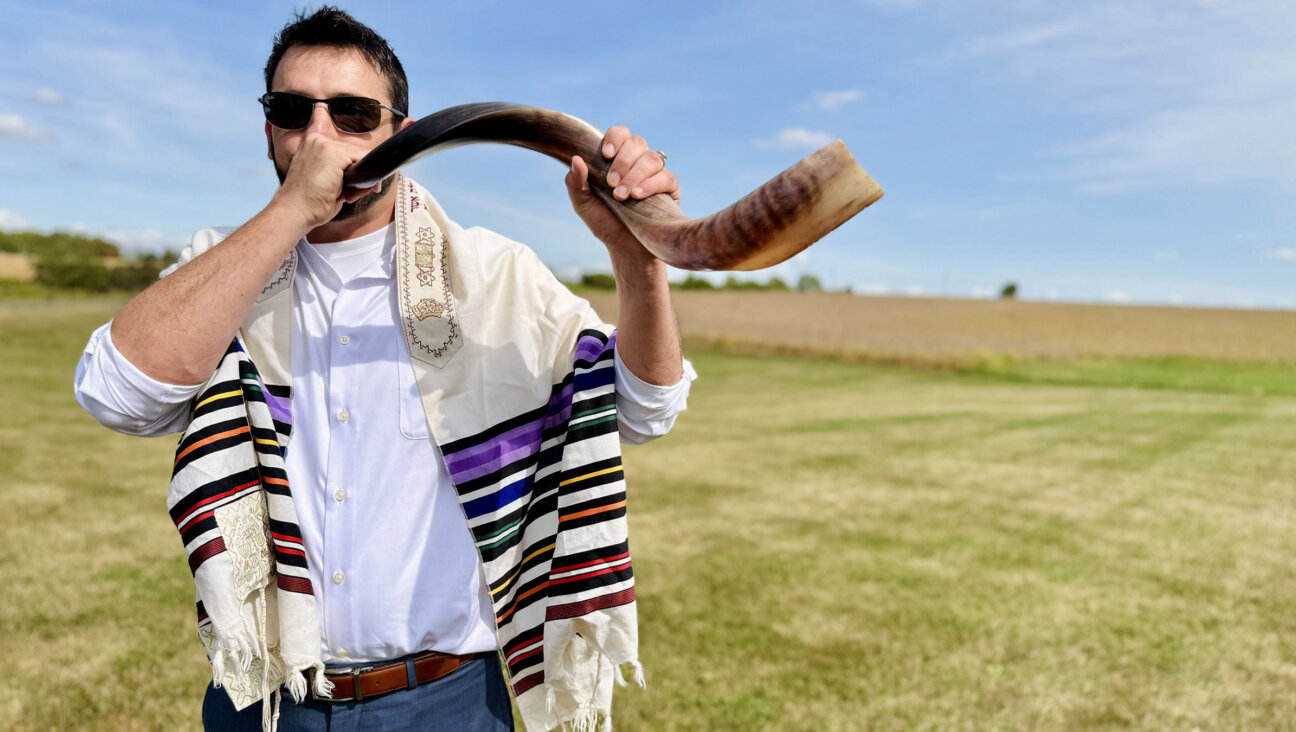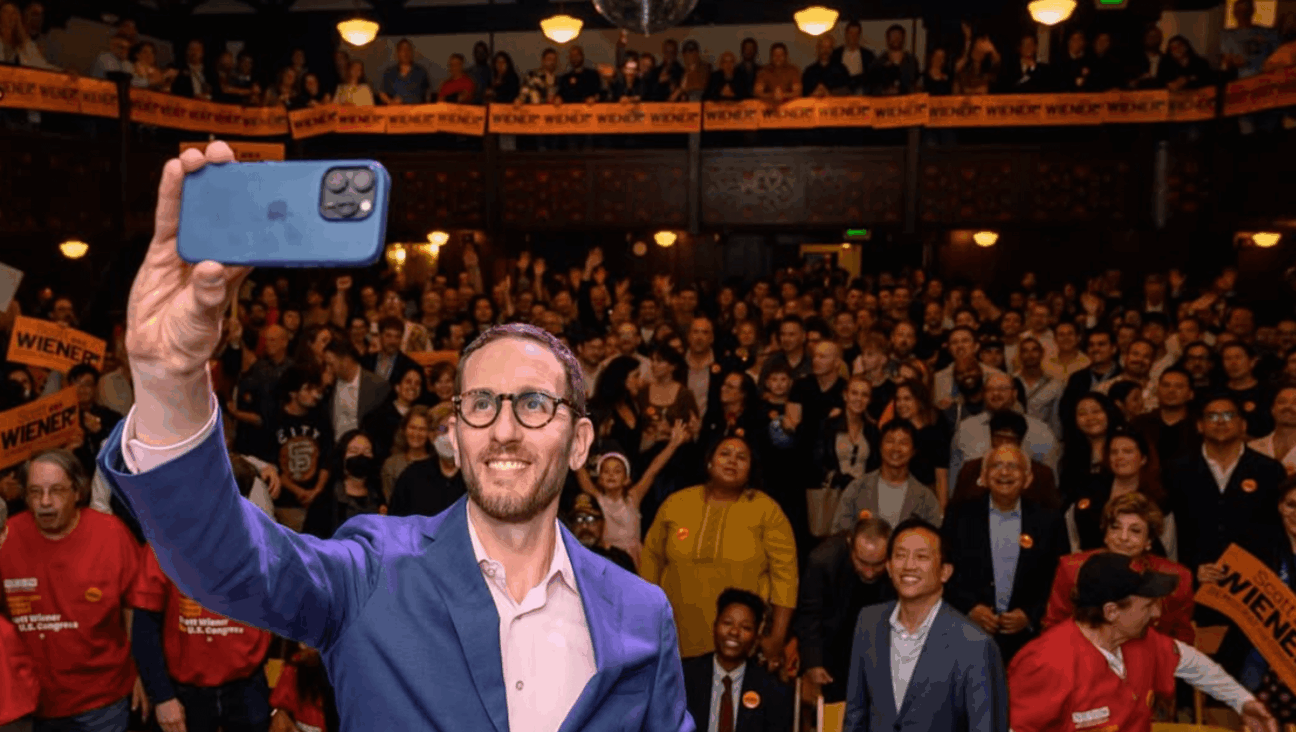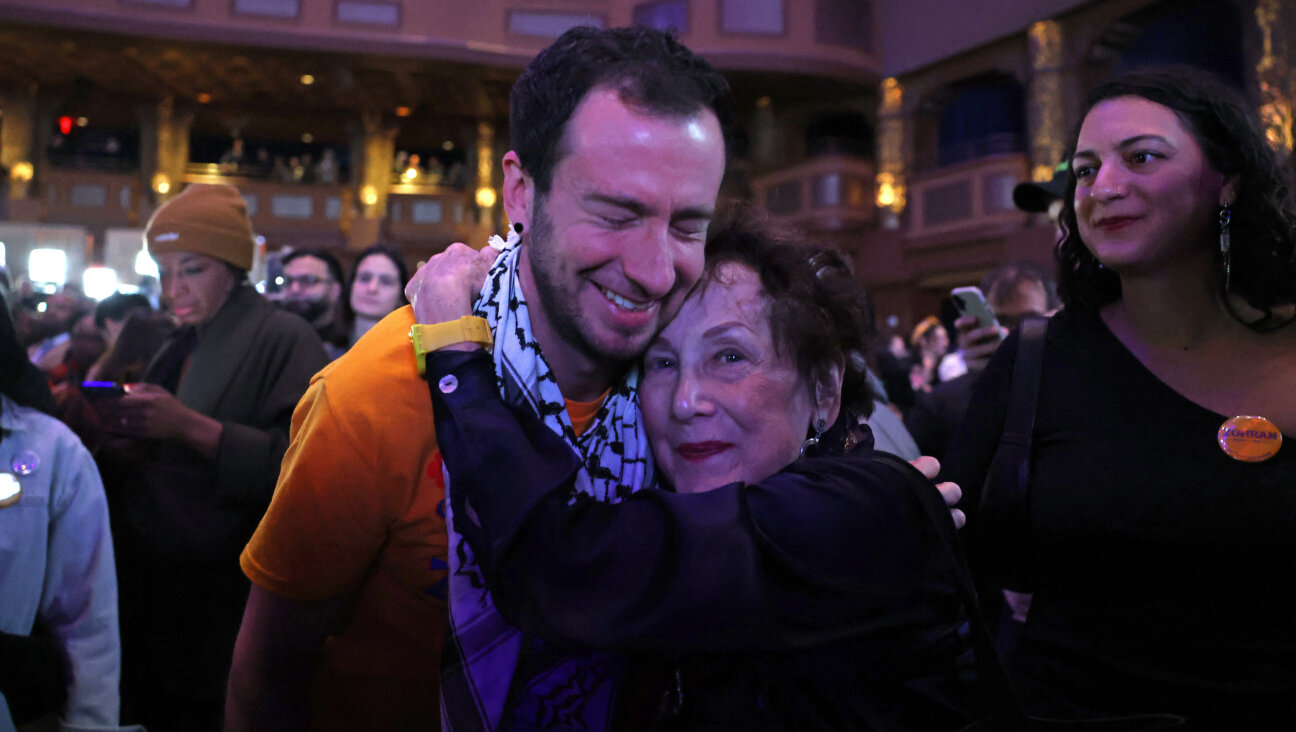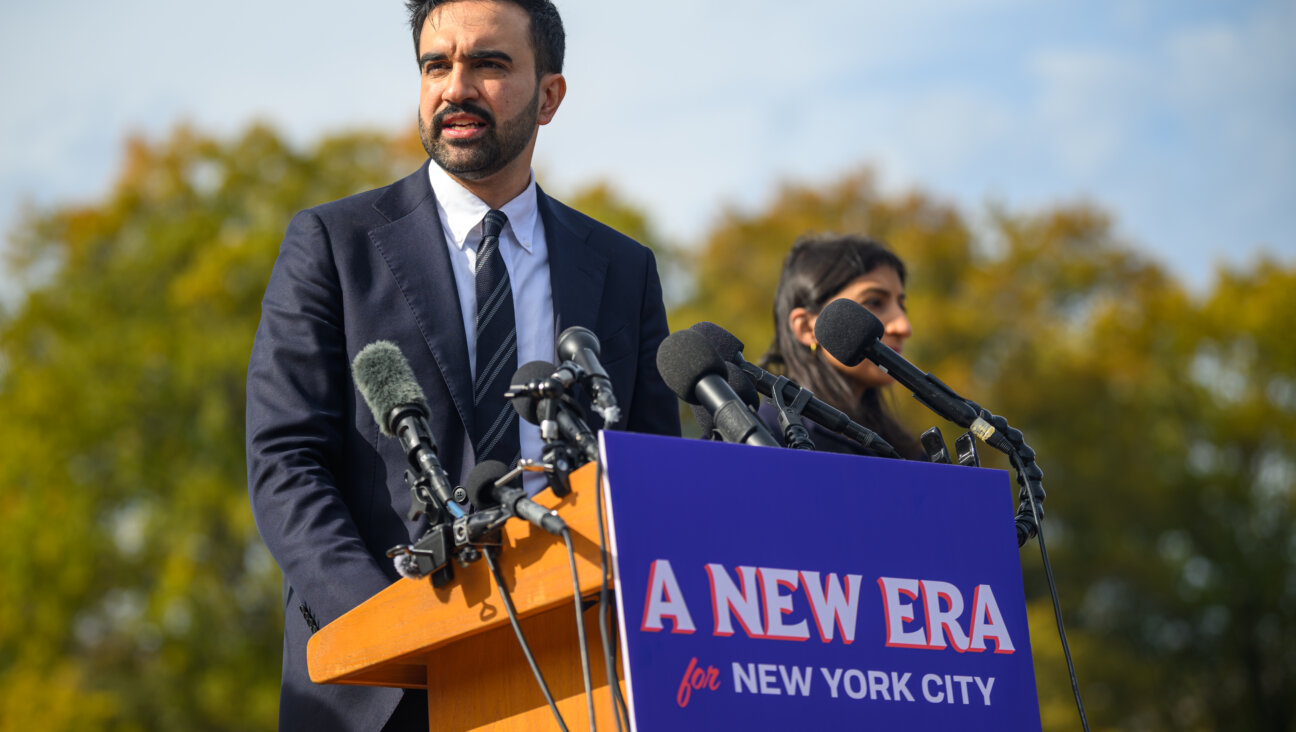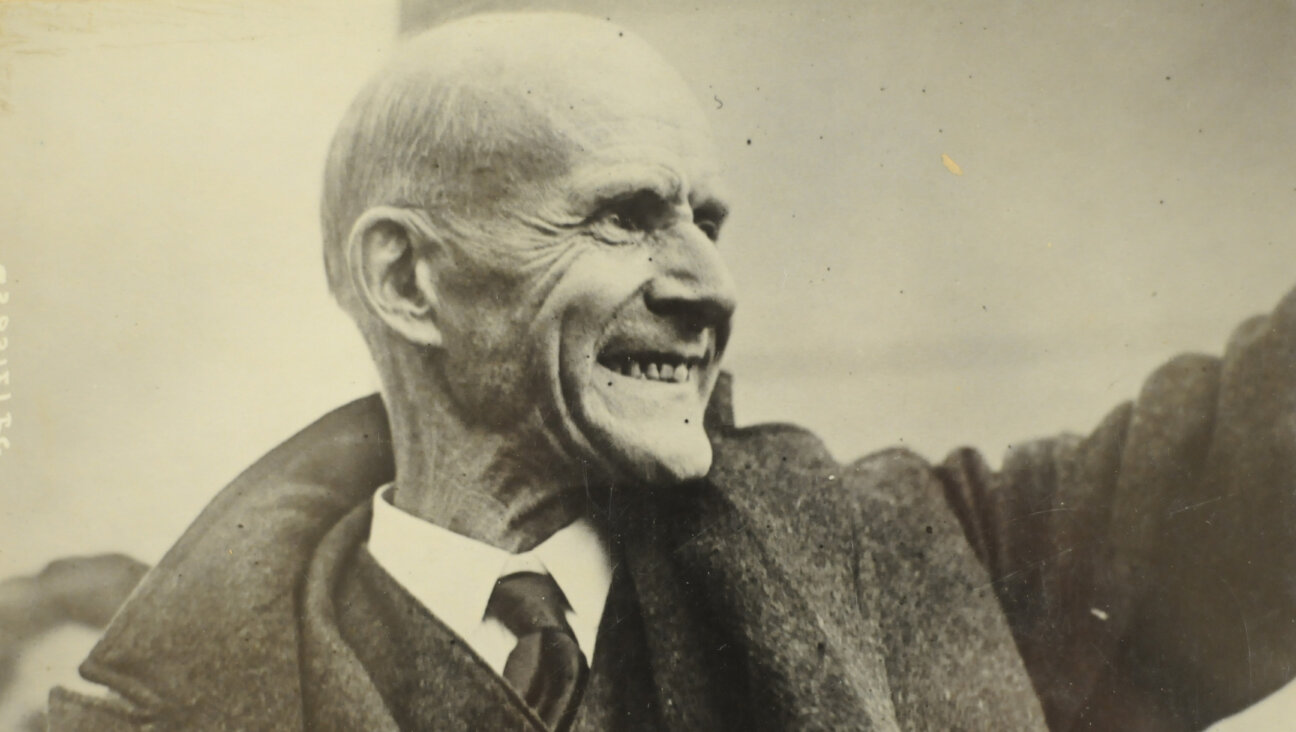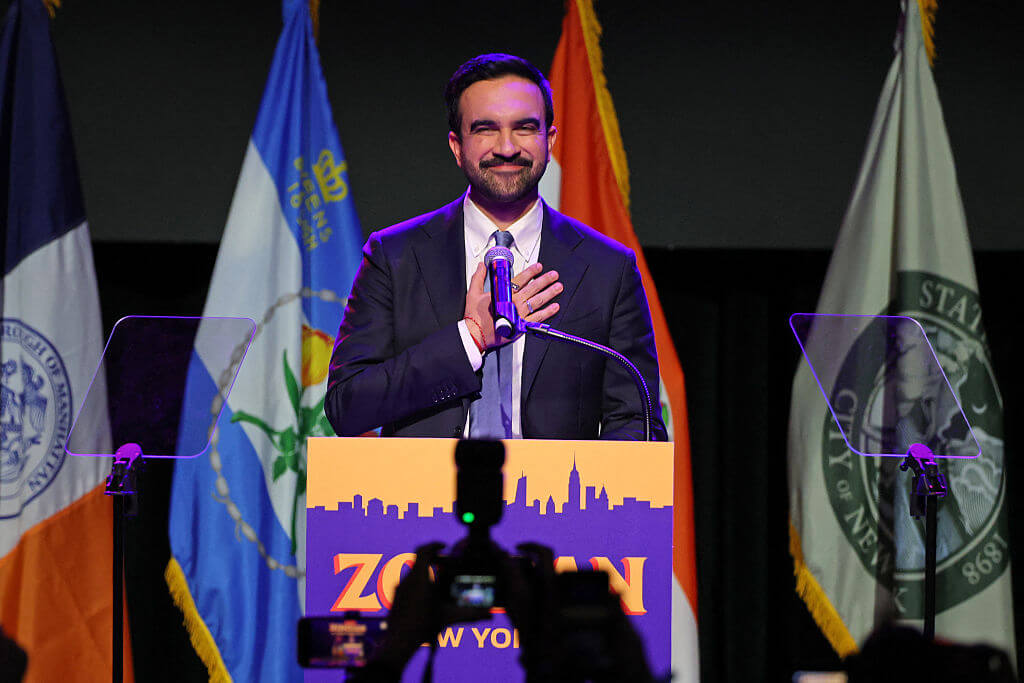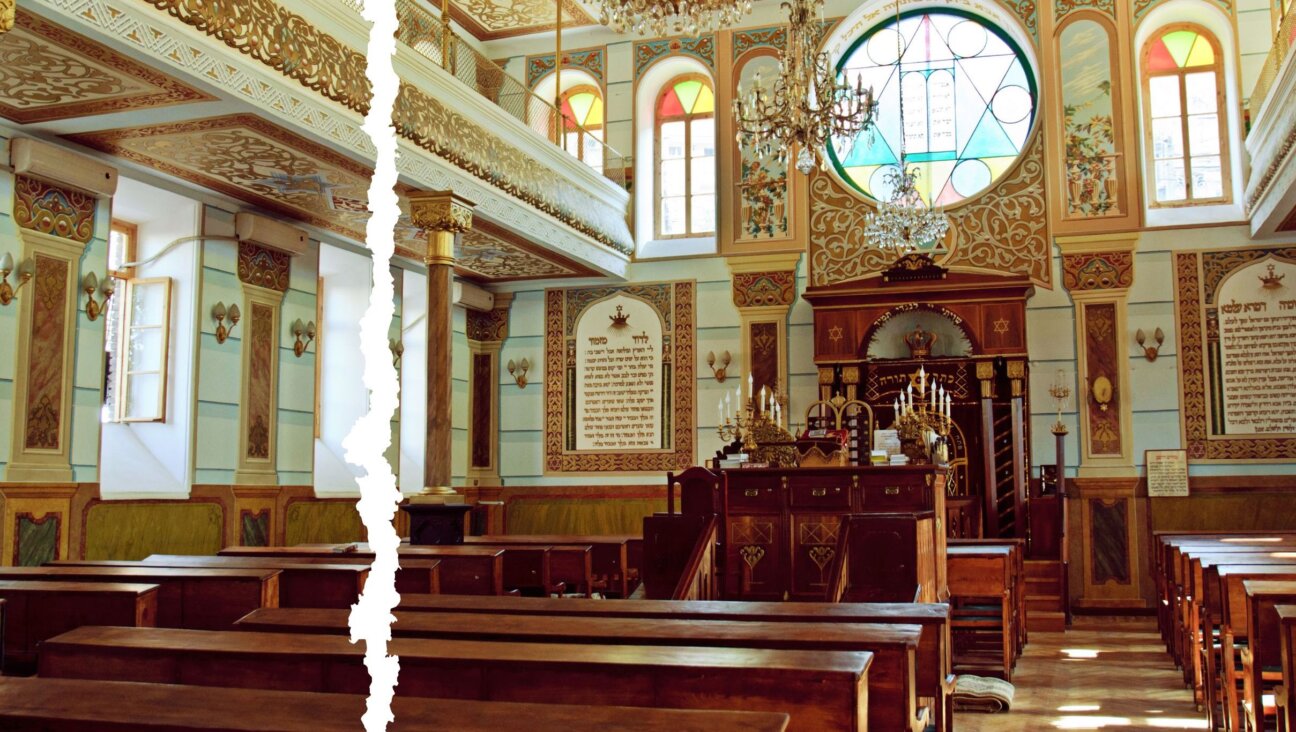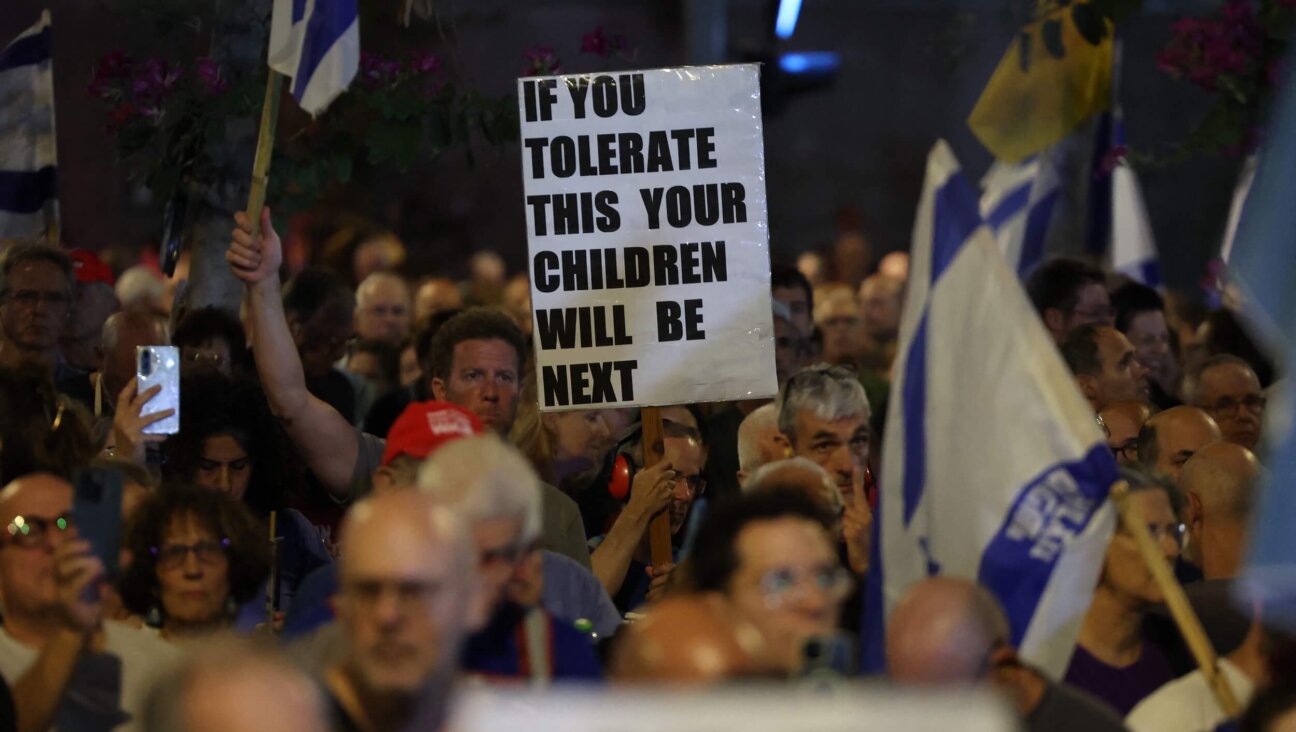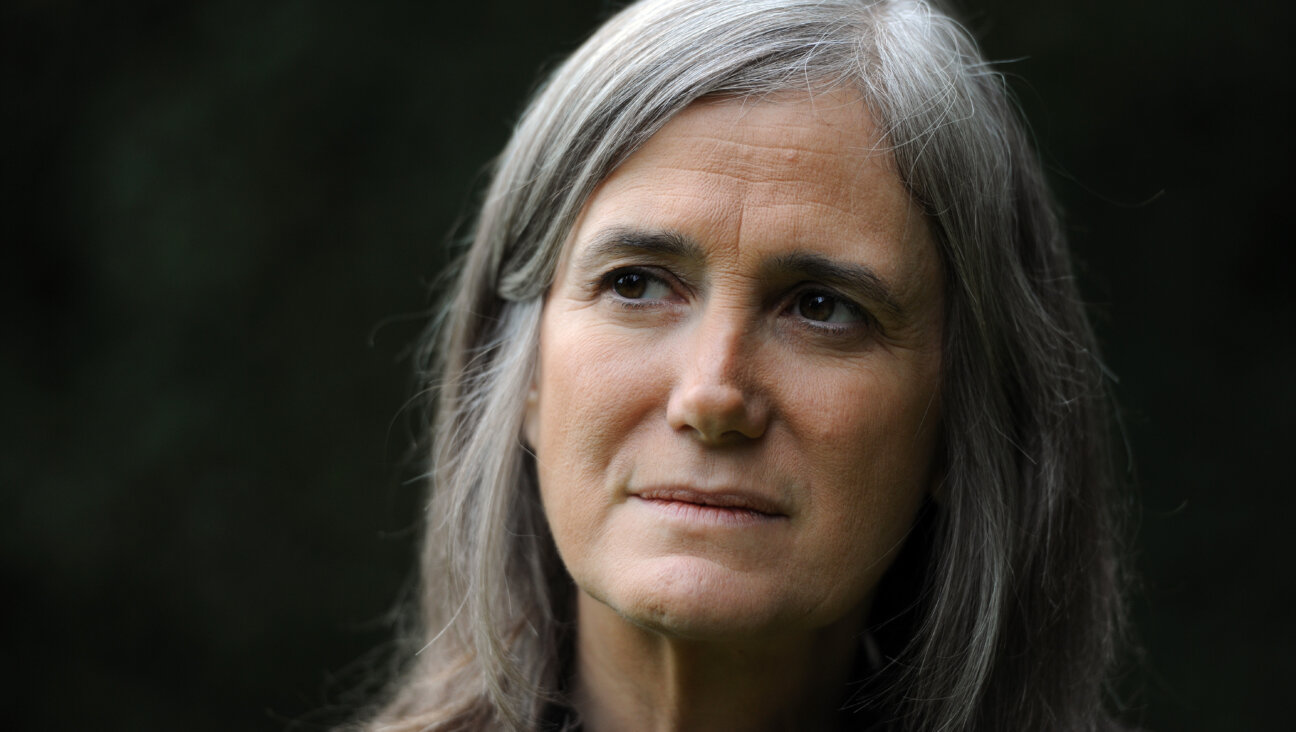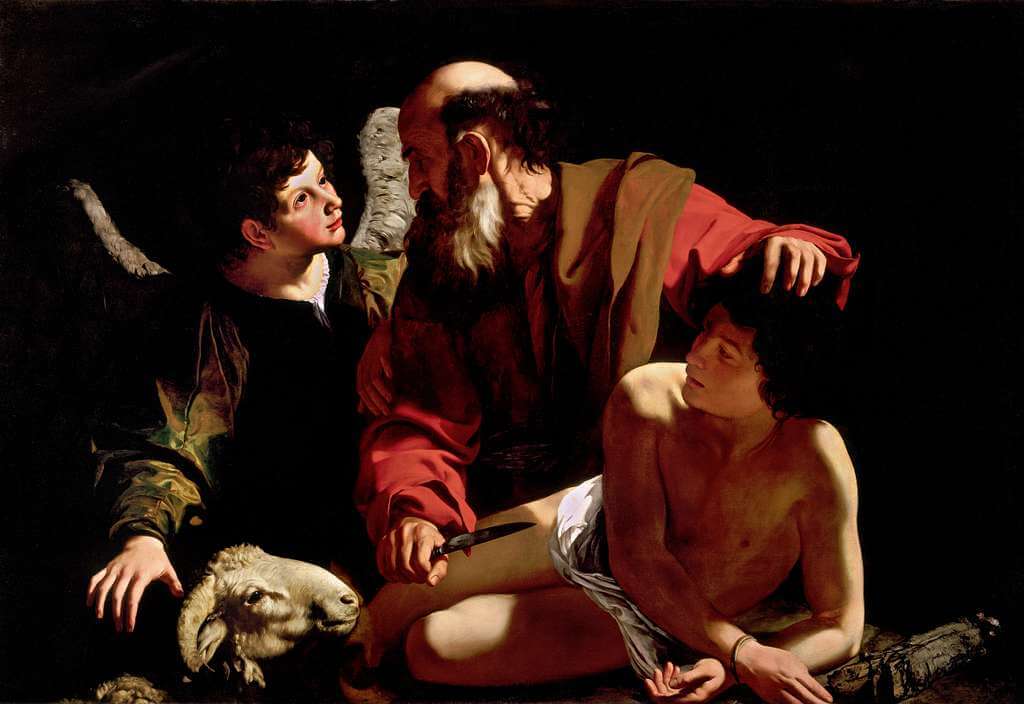Will Rosh Hashanah 5781 come with a paywall?

Glass jar for money Image by iStock
The High Holidays are designated for spiritual stock-taking, but this year synagogues are wrestling with a decidedly non-spiritual issue: money.
The Days of Awe also happen to be the season in which many synagogues garner enough income — in the form of ticket sales, membership renewals and Yom Kippur appeals — to sustain themselves for the rest of the year. With COVID-19 infection rates skyrocketing and a vaccine still just a distant promise, most non-Orthodox communities are looking at the likelihood that high holiday services will be partially or entirely virtual. And while people are by now accustomed to attending events of all sorts on Zoom, they’re also used to doing most of it for free.
All of this leads to a somewhat uncomfortable question: Will Rosh Hashanah 5781 come with a paywall?
But how to serve the community, provide a meaningful experience and stay afloat financially is a very real conundrum facing American Jewish communities in this unprecedented period. Alongside the uncertainty, loss and suffering of the pandemic itself is a cratering economy and historic unemployment, all of which makes it less-than-realistic for synagogues to expect the faithful to contribute what they normally would.
The dues-related portion of a small to medium-sized synagogue could be anywhere from 50% to 80% of the annual budget, said Rabbi Dan Judson, the Dean of Hebrew College in Boston and the author of Pennies for Heaven: The History of American Synagogues and Money. Although many synagogues still offer the option of tickets just for Rosh Hashanah and Yom Kippur, the emphasis in recent years has moved more in the direction of membership.

Rabbi Dan Judson, Dean of Hebrew College in Boston Image by Hebrew College
“If synagogues don’t sell tickets this year, it’s a loss, but it’s not a devastating loss, because they’ve already not been relying as much on ticket sales,” said Judson. “The bigger question is about getting people to pay their yearly dues at this time. That’s what’s keeping people up at night in terms of synagogue finances.
Some synagogues have in recent years been working to transition from a mandatory membership model, which works for some people but can make others feel like Judaism is a kind of country club to which they can’t afford to belong. Newer, out-of-the-box thinking means that many communities are already working to find financial models that allow people of various means to contribute what feels reasonable to them without there being a pay-one-price admission fee.
For Kol Hadash in Deerfield, IL, for example, members are now welcome to be “contributing members” rather than “supporting members” as their children grow up, as a “pre-existing no-shame, guilt-free alternative” to dropping their membership, having to request a discount, or taking the more economical route and only purchasing high holiday tickets.
But this year perhaps more than any other in living memory, raising money to keep synagogues running is a fraught topic of discussion. The financial crisis of 2008 was also tough on the Jewish community, and Judson estimates that about 10% of members of non-Orthodox synagogues left due to the recession and did not return. This high holiday season presents its own unprecedented challenges, and how much to charge – if at all – to attend servies that may primarily be virtual is just one of them.
That big Yom Kippur Appeal speech with the pledge cards that get passed out in synagogue and then collected? Ixnay on that one. Yizkor books – a way to remember loved ones and simultaneously raise funds for the shul? Those too, like the appeal, are being reimagined as online campaigns.
“Besides income from tickets, the high holidays have always symbolized where your membership was, how much enthusiasm there is,” said Barry Mael, the Conservative Movement’s Senior Director of Synagogue Affiliations and Operations. “It wasn’t just how much money was generated, it was providing a sense of how many people would be active for the year…and many synagoagues fear that they’re in for a more difficult year.”
Rabbi Michelle Missaghieh at Temple Israel of Hollywood says that her Reform community of about 900 families will primarily be meeting virtually, with clergy members running the service from different parts of the shul, so that the synagogue architecture will be visible behind them to allow for the “emotional connection” of seeing the ark during the holiest days of the year.

Rabbi Michelle Missaghieh
“Everything’s going to be free and open to everyone. We’re not going to require tickets because it will be over Zoom,” she said. But that would potentially be a financial hit, one that her synagogue’s board is trying to figure out how to accommodate.
“Many of us do have brick and mortar buildings that need to be sustained,” Missaghieh acknowledged. But on the upside, she said, interest in being connected and in doing additional learning has increased in this era of uncertainty and prolonged lockdowns, and she plans to provide a whole range of additional study opportunities for the Hebrew month of Elul (starting Aug. 21), a traditional time of preparation for the high holidays that in a normal year, many American Jews seem too busy to engage in.
“Especially in a time when Tuesday blends into Wednesday which blends into Thursday,” she added, “people are turning to us more to give the week structure and meaning. What people in our synagogue really want is intimacy and connection.”
That is a theme that verberates around the country. Or, as Rabbi Dan Levin of Temple Beth El of Boca Raton puts it, “A synagogue isn’t worth much if it’s only there when things are good.”
Levin, the senior rabbi of a Reform community of 1550 households, said the last thing he wants is for people dealing with personal loss, isolation and economic strain to feel like they need to pay to pray.
In addition to memberships – a patron pays $3,600 a year and options to dig into deeper pockets rises from there – there will be a different approach to those who purchase high holiday tickets only.

Rabbi Dan Levin serves as the senior rabbi of Temple Beth El Image by Temple Beth El
“We’re going to call them all and say, ‘Normally you’d be buying four tickets at $720. We’re not charging this year, but would you be willing to make a contribution to the synagogue of the same level to help us continue to do the kind of programming that you love and say you want to support?’” Levin explained in an interview. “That’s trumah in its true form: You give not because you have to, but because you want to. So we’d rather do that than something like a paywall.”
Such phone calls, of course, are more realistic when the synagogue has been in touch with people during the pandemic to check on them and offer support. Beth El – and all the synagogues contacted for this article – has worked to make sure that everyone gets contacted, that people who are most vulnerable or living alone feel supported, and that front-line and “essential” workers feel appreciated.
As the country shut down in March, everything from Hebrew schools to big bar mitzvahs went virtual or were postponed. As a result, there have already been hundreds of furloughs, layoffs and pay cuts in synagogue and non-profit jobs throughout the Jewish community..
Temple Beth El decided that rather than face that situation, all salaries – from clergy to support stuff — would be cut 20 percent. Later, when the synagogue got a PPP (Paycheck Protection Program) loan from the government, they were able to restore 10 percent, Levin noted.
“The value that we wanted was to retain as much staff as possible,” he said. “We decided it was better to share that. We realize that for some it’s a lot more to shoulder than others.”
Now, his synagogue faces the difficult decision about exactly how to do a high holiday season like no other. When Levin polled his community, they were split down the middle: About half wanted an in-person experience (distance and masked, of course) and the other half would stay virtual. (Given the spike in coronavirus cases in Florida over the past two weeks, those sentiments may have already changed.) Some congregants ask that it be as traditional as possible while others say that given these strange times and new technologies, it ought to be as creative and out-of-the-box as possible. The only thing they’re fairly sure will happen is a congregational tashlich, since that takes place outside.
For some mega-shuls, like Sinai Temple in Los Angeles, the pandemic has brought an influx of spiritual seekers to an already large congregation. The Conservative community founded in 1906 draws upwards of 5,000 worshippers during the high holidays.
And for that reason, explained Rabbi Nicole Guzik, the high holidays have long involved multiple options for different demographics and preference styles — from traditional minyanim to more musical ones with a full band playing the Avenu Malkenu. This year, those options will also vary in search of ways to both cope and connect.
It’s difficult, she noted, to get away from the traditional model of “tickets equals membership.” But moreover, having upended so much already, it might not be the best time to reinvent the wheel.
“What we realized is that as much as we want to jump away from that model, we’d have to do it in a way that both honored the trauma of this moment and not do such a radical shift that would cause more anxiety,” Guzik noted. “So we’re trying to take advantage of the moment and find opportunities to collaborate with the congregation to figure out what is the value of membership for them.”
Particularly in such a large congregation, break-out experiences could be the key to making sure that the high holidays don’t feel like just another mass performance or yet another Zoom call. These will each come with their own prices for members.
“There will be certain members-only experiences – online and offline,” said Guzik. “There is the potential of gathering in cars in a parking lot for a service, and that would be limited to members only.” In the past, she said, congregants were accustomed to “a different price-point to sit in the first row near the bimah” or for those wanting to connect mostly with their peers, to sit in service geared at young professionals.
“Our idea is that the online activities can be open to the world, but there will be some members-only experiences that are a kind of hybrid model,” she added.
In recent years, many synagogues have been working to move away from mandatory dues and towards a voluntary commitment model. Judson of Hebrew College along with two colleagues authored a plan called as Synergy – sponsored by the UJA-Federation of New York – to help synagogues across the US study the possibility of adapting this new paradigm.
Tiferet Bet Israel (TBI), a Conservative congregation in Blue Bell, PA, for example, just moved to this voluntary dues structure on July 1. After two years of research and preparations, says Susan Kasper, the Executive Director, TBI just launched “Heshbon Lev,” roughly translated as giving from the heart, she said. It’s also is a kind of play on the Hebrew words heshbon nefesh, referring to the soul-searching Jews are commanded to do during the days of awe.
“What this says is we want you to be a part of it and it’s not about what you can give financially. We came up with a sustaining amount, hoping that a certain percentage of people would give more, and some people would give less,” Kasper explained.
The ask is $3571 for a family unit, which is the amount that the synagogue would need if all 350 members paid equally and covered all its expenses. “That’s a sustaining amount, not an obligatory amount,” she noted.
“You can give us less and give us more. You can be part of the community if you can afford $18 or $5,000,” Kasper said. “We think it’s going to be a wonderful alternative to the tickets and the Yom Kippur appeal that sometimes left a sour taste in people’s mouths.”
Though this model has been studied in many communities – and ultimately not worked in a few – Kasper thinks that the exceptional circumstances of the pandemic are making more people step up, willing to make commitments and try a new way of building community.
“It used to be about growing community and which one is larger,” Kasper added. “And now it’s just, let’s be there for one another. Let’s hold each other.”


